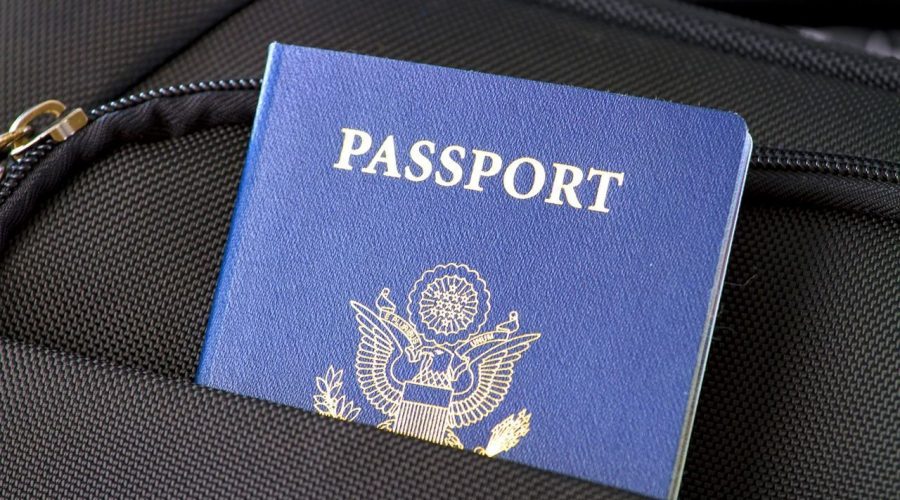Most Powerful Passports 2024: Top Visa-Free Travel Countries
The 2024 Henley Passport Index, utilizing data from the International Air Transport Association (IATA), has announced 2024’s first report for the world’s most powerful passports.
Six nations now share the top position for the world’s most powerful passports. Citizens of France, Germany, Italy, Spain, Japan, and Singapore enjoy the privilege of visa-free access to an impressive 194 out of 227 destinations globally, highlighting a significant evolution in the realm of international travel and passport power.
The two Asian nations have dominated 1st place on the index (which ranks all the world’s passports according to the number of destinations their holders can access without a prior visa) for the past five years.
In second place, South Korea joins Finland and Sweden, offering visa-free travel to 193 destinations. Close behind, four more EU nations — Austria, Denmark, Ireland, and the Netherlands — are in third place with access to 192 destinations.
The top 10 is predominantly European, with the UK moving up to fourth place, offering visa-free access to 191 destinations. Australia and New Zealand have improved their rankings to sixth place with 189 visa-free destinations, while the US remains in seventh place with access to 188 destinations. It has been a decade since the UK and the US jointly held 1st place on the index in 2014.
Dr. Christian H. Kaelin, Chairman of Henley & Partners and the creator of the passport index concept, notes that while the trend has been towards increasing travel freedom over the index’s 19-year history, the gap between the top and bottom countries is wider than ever. In 2006, the average number of visa-free destinations was 58, which has nearly doubled to 111 in 2024. However, the disparity is stark when compared to Afghanistan, currently at the bottom of the index, with access to only 28 countries without a visa.
Biggest climbers and fallers
The UAE remains the biggest climber on the Henley Passport Index over the past decade, adding an impressive 106 destinations to its visa-free score since 2014, resulting in a massive leap of 44 places in the ranking from 55th to 11th position.
Ukraine and China are also among the Top 5 countries with the most improved rankings over the past 10 years (a net total gain of 21 places each), and both have climbed a further two ranks in the past year.
Ukraine is now in 32nd place with 148 visa-free destinations and China is 62nd on the ranking with access to 85 destinations without a prior visa (compared to just 44 in 2014). While Russia has seen a net gain of 24 destinations over the past decade, its visa-free score and ranking have barely shifted since 2017, and it now sits in 51st place with access to 119 destinations.
Relationship between Global Mobility and Economic Prosperity
Henley & Partners has conducted exclusive new research into the relationship between visa-free access and economic progress by comparing key metrics across various regional and economic groups worldwide including the Association of Southeast Asian Nations (ASEAN), the African Union (AU), the European Union (EU), the G7, the G20, the Gulf Cooperation Council (GCC), and the Southern Common Market (MERCOSUR), as well as the expanded BRICS (Brazil, Russia, India, China, and South Africa) bloc, which officially welcomed new members Egypt, Ethiopia, Iran, Saudi Arabia, and the UAE in early January.
The indicators include each grouping’s percentage share of global GDP and the world’s population, along with their average percentage scores on the Henley Passport Index (measuring the number of destinations a passport holder can access without a visa), the Henley Openness Index (measuring the number of nationalities a country permits entry to without a prior visa), and the Henley Passport Power Index (measuring the percentage of global GDP each passport provides to its holders visa-free).
| Travel or Trade Bloc | Henley Passport Index (score average as %) |
Henley Openness Index (score average as %) |
Henley Passport Power Index (score average as %) |
Internal Access Average* | Share of Global GDP (total per bloc) |
Population (%) |
|---|---|---|---|---|---|---|
| G7 | 85% | 39% | 82% | 100% | 44% | 10% |
| EU | 84% | 47% | 74% | 100% | 17% | 6% |
| G20 | 69% | 41% | 54% | 48% | 98% | 82% |
| MERCOSUR | 58% | 56% | 38% | 95% | 4% | 5% |
| GCC | 49% | 41% | 29% | 100% | 2% | 1% |
| BRICS | 43% | 42% | 21% | 44% | 28% | 45% |
| ASEAN | 40% | 61% | 27% | 94% | 3% | 8% |
| AU | 28% | 49% | 7% | 55% | 3% | 18% |
* The average of how much visa-free access any given member has to other members of the same bloc.




